Home>Articles>How To Get Burnt Milk Off Of A Glass Top Stove
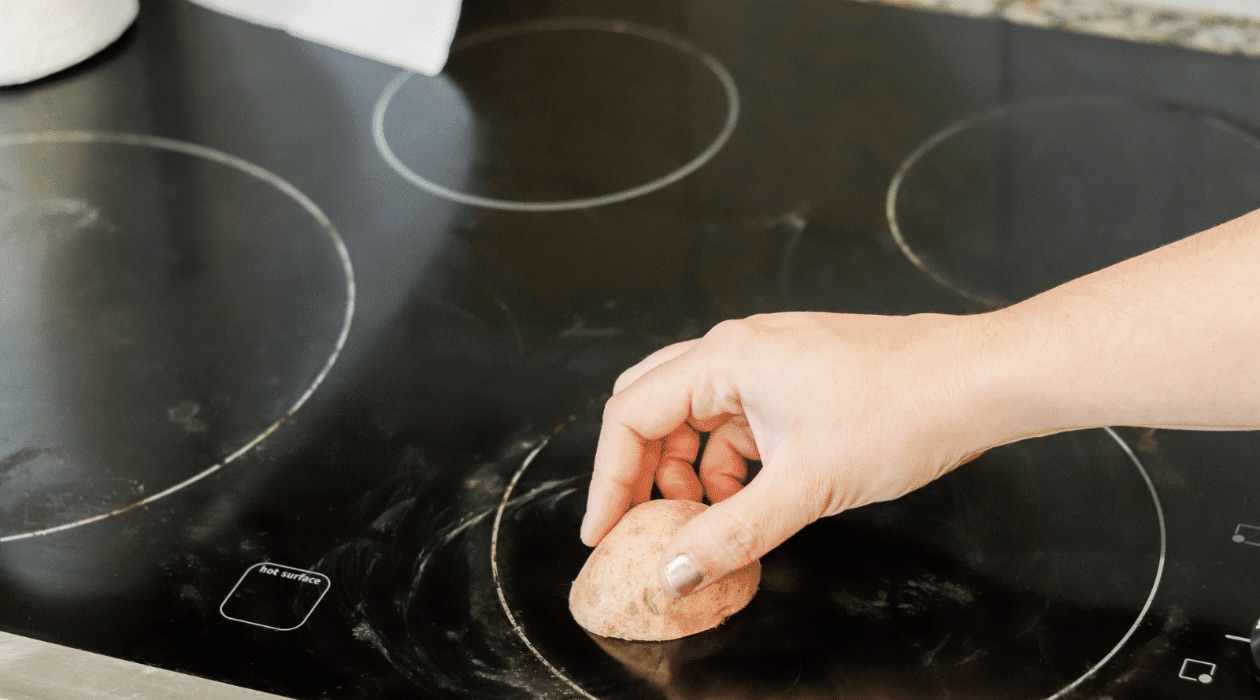

Articles
How To Get Burnt Milk Off Of A Glass Top Stove
Modified: August 16, 2024
Discover helpful articles on how to easily remove burnt milk stains from your glass top stove, ensuring a clean and shiny cooking surface.
(Many of the links in this article redirect to a specific reviewed product. Your purchase of these products through affiliate links helps to generate commission for Storables.com, at no extra cost. Learn more)
Introduction
Welcome to our guide on how to get burnt milk off of a glass top stove! Dealing with burnt milk residue can be a frustrating and challenging task, but with the right methods and materials, you can easily restore the pristine condition of your glass top stove. In this article, we will provide you with a step-by-step guide on various effective methods to remove burnt milk stains from your stove, ensuring it looks as good as new.
A glass top stove adds a sleek and modern touch to any kitchen, but it requires proper care and maintenance to keep it looking its best. Accidental spills and burnt-on messes are inevitable in a busy kitchen, and they can leave stubborn stains on the smooth surface of your glass top stove. Burnt milk, in particular, can be challenging to remove if not dealt with promptly. It not only looks unsightly but can also affect the functionality of your stove.
While it might be tempting to scrub away at the burnt milk residue using abrasive cleaners or harsh chemicals, it’s important to approach the cleaning process with caution. Glass top stoves are delicate and can get easily scratched or damaged if not cleaned correctly. Therefore, it’s crucial to use gentle yet effective methods to get rid of burnt milk stains without causing any harm to the stove’s surface.
In the sections below, we will discuss several methods that will help you remove burnt milk stains from your glass top stove. These methods range from DIY solutions using common household ingredients to commercial glass stove cleaners. Choose the method that suits your preferences and the materials you have readily available.
Before we dive into the methods, let’s take a look at the materials you will need to gather in order to successfully remove the burnt milk residue from your glass top stove.
Key Takeaways:
- Easily remove burnt milk stains from your glass top stove using gentle yet effective methods such as baking soda paste, vinegar solution, and lemon juice mixture, ensuring a pristine and scratch-free surface.
- Prioritize safety and care when cleaning your glass top stove by following important tips, testing cleaning solutions, and using gentle pressure to avoid damaging the delicate surface, resulting in a sparkling and well-maintained appliance.
Read more: How To Get Burnt Stuff Off Glass Stove Top
Overview of the problem
Spilling milk or having it boil over on a glass top stove can lead to a stubborn residue that is difficult to remove. The high heat of the stove can cause the milk to burn and stick to the surface, creating an unsightly and potentially damaging mess. Burnt milk not only mars the appearance of your stove but can also affect its performance if not addressed promptly.
When milk burns on a glass top stove, it can leave behind a sticky and crusty residue that can be quite challenging to clean. If left untreated, the burnt milk can further harden and become even more firmly bonded to the surface. This can make it increasingly difficult to remove the stains and may require more extensive cleaning methods.
The primary challenge when dealing with burnt milk on a glass top stove is to remove the residue without damaging the stove’s delicate surface. Glass top stoves can be easily scratched or chipped, so it’s important to use non-abrasive cleaning methods and tools to avoid any harm.
The burnt milk stains can be particularly stubborn due to the proteins and sugars present in the milk. When exposed to high heat, these substances undergo caramelization, causing them to adhere tightly to the surface. This makes it necessary to employ effective cleaning techniques that can break down the burned-on residue and lift it off the stove.
In the following sections, we will discuss different methods that can help you tackle this problem and restore your glass top stove to its original shine.
Materials needed
Before you begin the process of removing burnt milk from your glass top stove, it is important to gather the necessary materials. Having these items on hand will ensure that you can effectively clean the stove without any interruptions. Here are the materials you will need:
- Baking soda: This common household ingredient is known for its cleaning properties and ability to remove tough stains.
- Water: Having water available is crucial for creating cleaning solutions and for rinsing the stove surface.
- Vinegar: Vinegar is an acidic substance that can help break down and dissolve burnt-on residue.
- Lemon juice: Lemon juice contains citric acid, which is effective in cutting through grease and removing stains.
- Salt: Salt acts as an abrasive agent and can assist in scrubbing away stubborn burnt milk stains.
- Cloth or sponge: You will need a soft cloth or sponge for applying cleaning solutions and gently scrubbing the stove surface.
- Rubber gloves: To protect your hands from any cleaning agents or hot water, it is advisable to wear rubber gloves.
- Commercial glass stove cleaner: If you prefer to use a specialized cleaner, make sure to have a reputable glass stove cleaner on hand.
- Scraper or razor blade: A scraper or razor blade can be useful for removing stubborn, dried-on residue from the stove. However, exercise caution when using it to avoid scratching the glass surface.
Having these materials readily available will make the cleaning process smoother and more efficient. Now that you have everything you need, let’s move on to the various methods you can use to remove burnt milk stains from your glass top stove.
Method 1: Baking soda and water paste
One of the most effective and gentle methods for removing burnt milk stains from a glass top stove is by using a paste made from baking soda and water. Baking soda is a mild abrasive that helps to loosen the burnt-on residue without scratching the delicate surface of the stove. Here’s how to use this method:
- Start by ensuring that the stove is cool and unplugged.
- In a small bowl, mix equal parts baking soda and water to create a thick paste. The consistency should be similar to that of toothpaste.
- Using a clean cloth or sponge, apply the baking soda paste directly to the burnt milk stains on the stove.
- Gently scrub the stained areas in a circular motion, using light pressure. Be careful not to apply too much force to avoid scratching the glass surface.
- Allow the baking soda paste to sit on the stains for about 10-15 minutes. This will help to loosen the burnt-on residue.
- After the designated time, dampen a clean cloth or sponge and wipe away the baking soda paste, along with the loosened residue.
- Rinse the cloth or sponge and wipe the stove surface again to remove any remaining residue or baking soda.
- Finally, use a dry cloth to thoroughly dry the glass top stove.
This method should effectively remove most burnt milk stains from your glass top stove. However, for stubborn or larger stains, you may need to repeat the process or try an alternative cleaning method.
Now that you know how to use baking soda and water paste to remove burnt milk stains, let’s move on to the next method: vinegar and water solution.
Method 2: Vinegar and water solution
Vinegar is a versatile household ingredient that can be used for various cleaning purposes, including removing burnt milk stains from a glass top stove. Its acidic properties help to break down the residue and make it easier to wipe away. Here’s how you can use vinegar and water to clean your stove:
- Ensure that the stove is cool and unplugged before you begin.
- In a spray bottle, mix equal parts white vinegar and water. Shake the bottle to thoroughly combine the two ingredients.
- Spray the vinegar and water solution directly onto the burnt milk stains on the glass top stove. Make sure to cover the affected areas adequately.
- Allow the solution to sit on the stains for a few minutes to help break down the residue.
- Using a clean cloth or sponge, gently scrub the stained areas in circular motions. Apply light pressure and be cautious not to scratch the glass surface.
- Continue scrubbing until the burnt milk residue starts to lift off the stove.
- Once the stains are removed, rinse the cloth or sponge and wipe away any residual vinegar and water solution from the stove.
- Use a clean, dry cloth to dry the glass surface of the stove thoroughly.
The vinegar and water solution is a great natural alternative for cleaning burnt milk stains. It is effective and safe to use on glass top stoves. However, it is always a good idea to test the solution on a small, inconspicuous area of the stove first to ensure that it doesn’t cause any damage.
If the burnt milk stains persist or are particularly stubborn, you may need to try an alternative method. Method 3: Lemon juice and salt mixture.
Use a mixture of baking soda and water to create a paste. Apply it to the burnt milk, let it sit for 15 minutes, then scrub with a non-abrasive sponge. Wipe clean with a damp cloth.
Read more: How To Get Burnt Water Off A Glass Top Stove
Method 3: Lemon juice and salt mixture
Another natural and effective method for removing burnt milk stains from a glass top stove is by using a mixture of lemon juice and salt. Lemon juice contains citric acid, which acts as a natural cleanser and can help break down the stubborn residue. Salt acts as a gentle abrasive to assist in scrubbing away the stains. Here’s how to use this method:
- Ensure that the stove is cool and unplugged.
- Cut a lemon in half and squeeze the juice into a small bowl.
- Add a tablespoon of salt to the lemon juice and mix them together to form a paste.
- Using a clean cloth or sponge, apply the lemon juice and salt mixture directly onto the burnt milk stains on the stove.
- Gently scrub the stained areas in circular motions, applying light pressure. Be cautious not to scratch the glass surface.
- Allow the mixture to sit on the stains for a few minutes to penetrate and loosen the residue.
- Rinse the cloth or sponge and use it to wipe away the lemon juice and salt mixture, along with the loosened residue.
- Repeat the process if necessary, particularly for stubborn stains.
- Once the stains are gone, rinse the stove surface with clean water and wipe it dry.
The natural acidity of the lemon juice combined with the abrasive properties of salt makes this method effective in removing burnt milk stains. It is also a safe option for glass top stoves. However, as with any cleaning method, it is recommended to test the lemon juice and salt mixture on a small, inconspicuous area first to avoid any potential damage to the stove’s surface.
If the burnt milk stains still persist after trying the above methods, you may consider using a commercial glass stove cleaner as an alternative. Method 4: Commercial glass stove cleaner is the focus of our next section.
Method 4: Commercial glass stove cleaner
If the previous methods did not completely remove the burnt milk stains from your glass top stove, you may want to consider using a commercial glass stove cleaner. These products are specifically designed to clean and restore the shine of glass stove surfaces. Here’s how to use a commercial glass stove cleaner:
- Ensure that the stove is cool and unplugged.
- Read and follow the instructions provided on the commercial glass stove cleaner product.
- Apply the cleaner directly to the burnt milk stains on the stove, following the recommended usage instructions.
- Allow the cleaner to sit on the stains for the specified amount of time as indicated by the product.
- Using a soft cloth or sponge, gently scrub the stained areas, paying special attention to the burnt-on residue.
- Rinse the cloth or sponge and wipe away the cleaner and residue from the stove surface.
- If necessary, repeat the process or follow any additional steps provided by the product’s instructions.
- Finally, use a clean, dry cloth to thoroughly dry the glass top stove.
Commercial glass stove cleaners are formulated to remove tough stains and residues without damaging the glass surface. They often contain specialized ingredients that effectively break down burnt-on food stains. However, it is essential to follow the product’s instructions carefully and exercise caution when using these cleaners.
Remember to only use commercial glass stove cleaners that are recommended for use on glass surfaces and specifically designed for glass top stoves. Avoid using abrasive cleaners or chemicals that can potentially damage the stove’s surface.
Now that you have explored various methods for removing burnt milk stains from your glass top stove, let’s move on to some important tips and precautions to consider during the cleaning process.
Important tips and precautions
When cleaning burnt milk stains from your glass top stove, it’s important to keep the following tips and precautions in mind:
- Always ensure that the stove is cool and unplugged before you begin the cleaning process. Working with a hot stove can be dangerous and may cause injury.
- Before using any cleaning method or product, it’s a good idea to test it on a small, inconspicuous area of the stove to ensure that it doesn’t cause any damage or discoloration.
- While cleaning, make sure to use gentle pressure and avoid excessive scrubbing or scraping. Glass top stoves are delicate and can be easily scratched or damaged.
- When using abrasive materials or tools like baking soda paste or a scraper, be cautious to avoid damaging the glass surface. If using a scraper or razor blade, hold it at a shallow angle to avoid scratching the stove.
- Use soft cloths or sponges for cleaning to minimize the risk of scratching the glass surface. Avoid using abrasive scrub brushes or steel wool.
- If using any cleaning solutions or mixtures, ensure proper ventilation in the area to avoid inhaling fumes. Also, wear rubber gloves to protect your hands from any potentially irritating or harmful agents.
- After cleaning, thoroughly rinse away any cleaning agents or residue from the stove surface and dry it properly with a clean cloth to prevent streaking or water spots.
- Regular maintenance and immediate cleaning of spills can help prevent burnt milk stains from becoming stubborn and difficult to remove. Wipe down your glass top stove after each use to keep it clean and free from residue.
By following these tips and precautions, you can effectively clean your glass top stove and remove burnt milk stains while ensuring the safety and longevity of your appliance.
With the methods, materials, and precautions discussed in this article, you are now equipped with the knowledge to tackle burnt milk stains on your glass top stove. Remember to choose the method that works best for you and the materials you have available. Enjoy a clean and sparkling glass top stove!
If you have further questions or need additional assistance, don’t hesitate to consult the manufacturer’s guidelines or seek professional advice.
Conclusion
We hope that this comprehensive guide on how to get burnt milk off of a glass top stove has provided you with valuable insights and effective methods for tackling this common kitchen cleaning challenge. Dealing with burnt milk stains on your glass top stove can be frustrating, but with the right techniques and materials, you can restore the pristine condition of your appliance.
We discussed four methods for removing burnt milk stains: the baking soda and water paste, vinegar and water solution, lemon juice and salt mixture, and commercial glass stove cleaner. Each method offers a different approach, allowing you to choose the one that suits your preferences and the materials you have readily available. It is important to follow the instructions for each method carefully and consider any precautions specific to the cleaning agents used.
Throughout the cleaning process, it is crucial to handle your glass top stove with care. Avoid using abrasive materials or tools that can scratch or damage the surface. Test any cleaning solution or mixture on a small, inconspicuous area before applying it to the entire stove to prevent any undesirable effects.
Remember to follow important tips such as working on a cool and unplugged stove, using gentle pressure, and properly rinsing and drying the stove after cleaning. Regular maintenance and immediate action on spills can help prevent burnt milk stains from becoming stubborn and difficult to remove. By incorporating these practices into your routine, you can keep your glass top stove looking clean and pristine with minimal effort.
We hope that this guide has empowered you to confidently tackle burnt milk stains on your glass top stove, ensuring its longevity and maintaining its aesthetic appeal. Enjoy a sparkling and beautiful kitchen as you create delicious meals without worrying about the remnants of burnt-on messes.
If you have any further questions or need additional guidance, always refer to the manufacturer’s instructions or consider seeking advice from professionals in the field. Happy cleaning!
Now that you've mastered cleaning up burnt milk from your glass top stove, why not tackle another cleaning challenge? Your refrigerator could use some attention too. Check out our comprehensive guide on giving your fridge a deep clean, inside and out. We'll show you some simple, effective methods to ensure every nook and cranny sparkles, making your kitchen fresher and more inviting.
Frequently Asked Questions about How To Get Burnt Milk Off Of A Glass Top Stove
Was this page helpful?
At Storables.com, we guarantee accurate and reliable information. Our content, validated by Expert Board Contributors, is crafted following stringent Editorial Policies. We're committed to providing you with well-researched, expert-backed insights for all your informational needs.
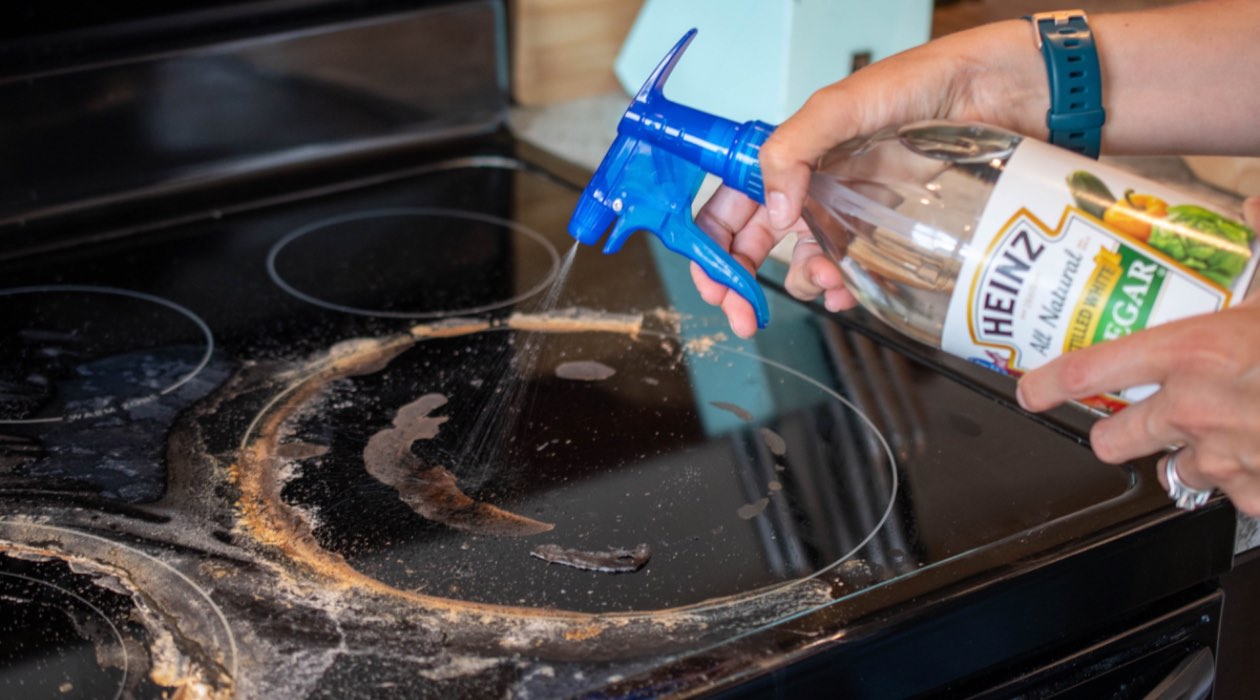
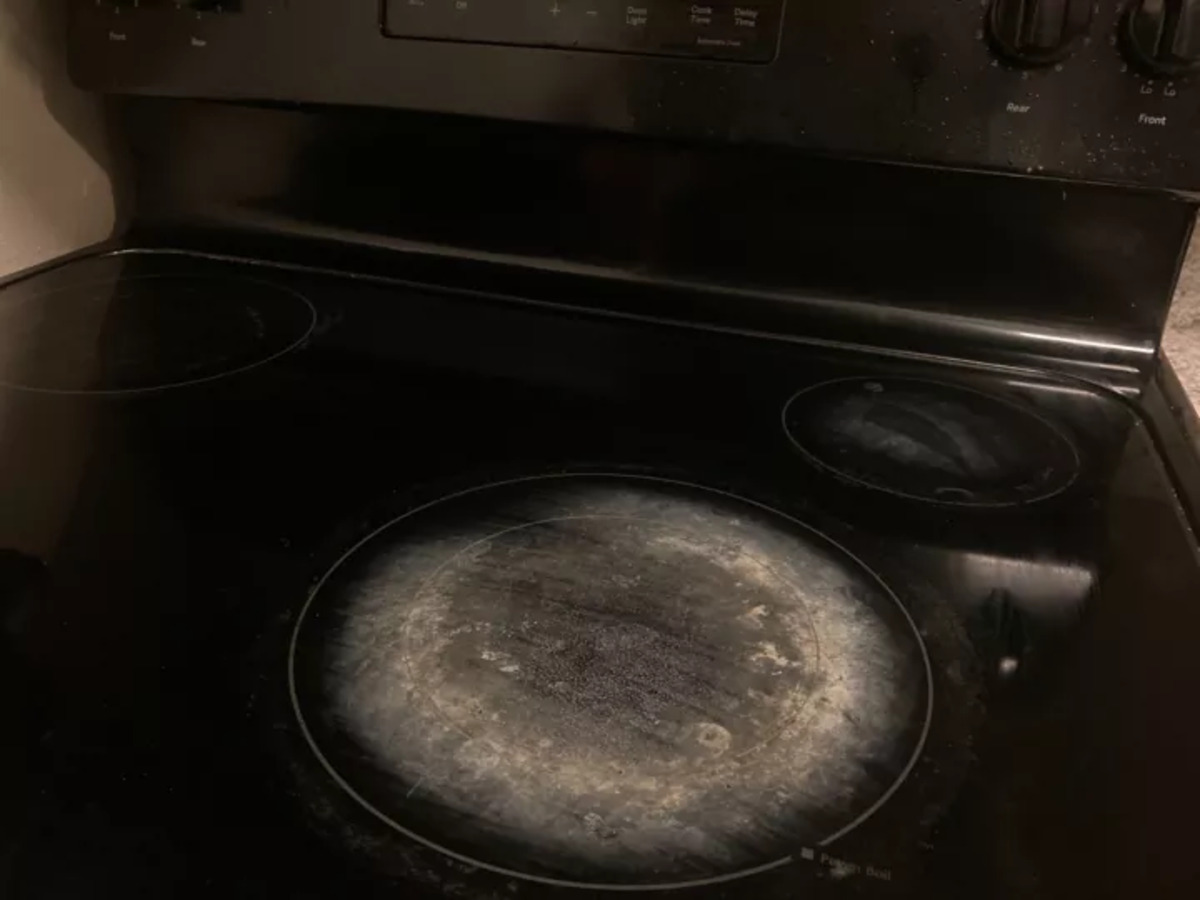
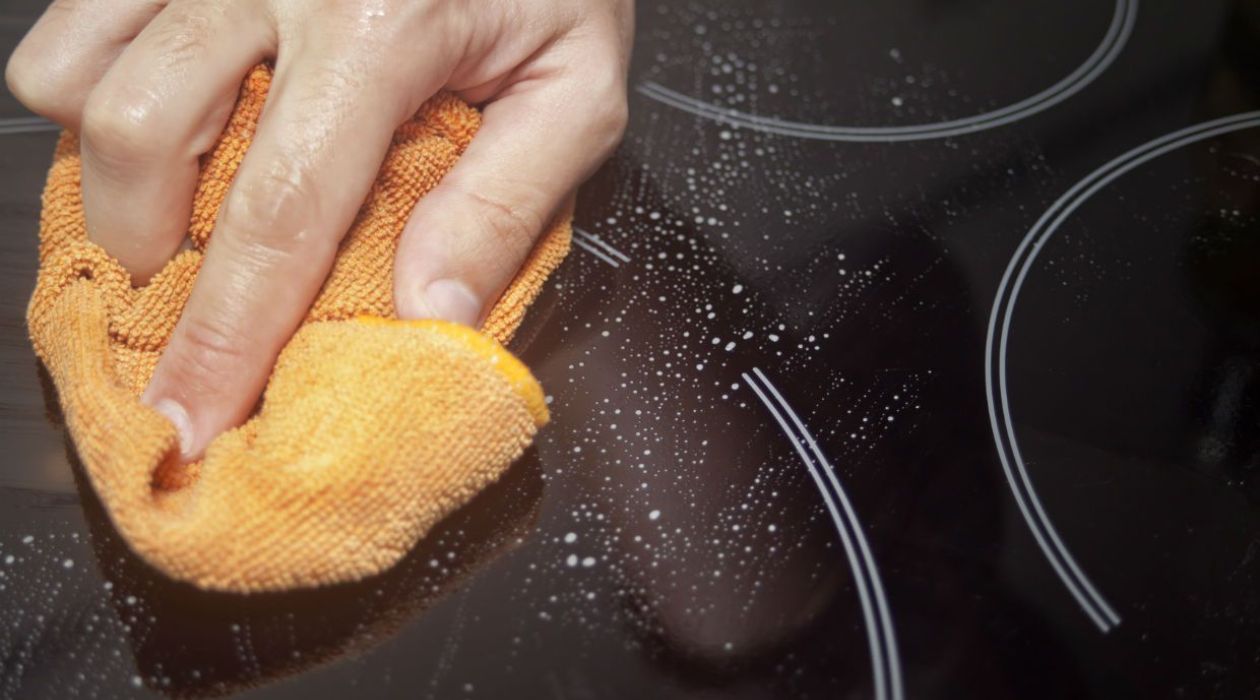
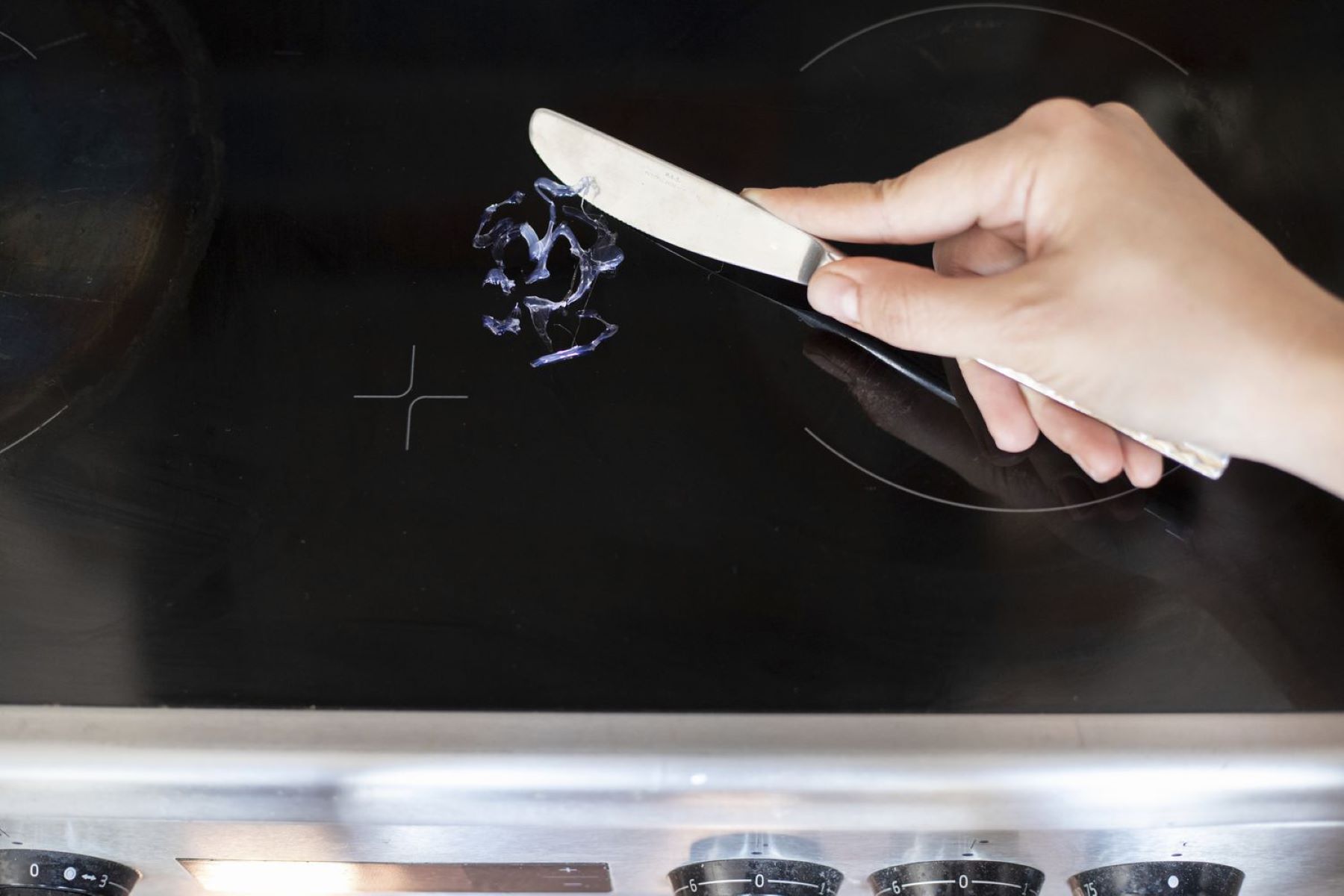
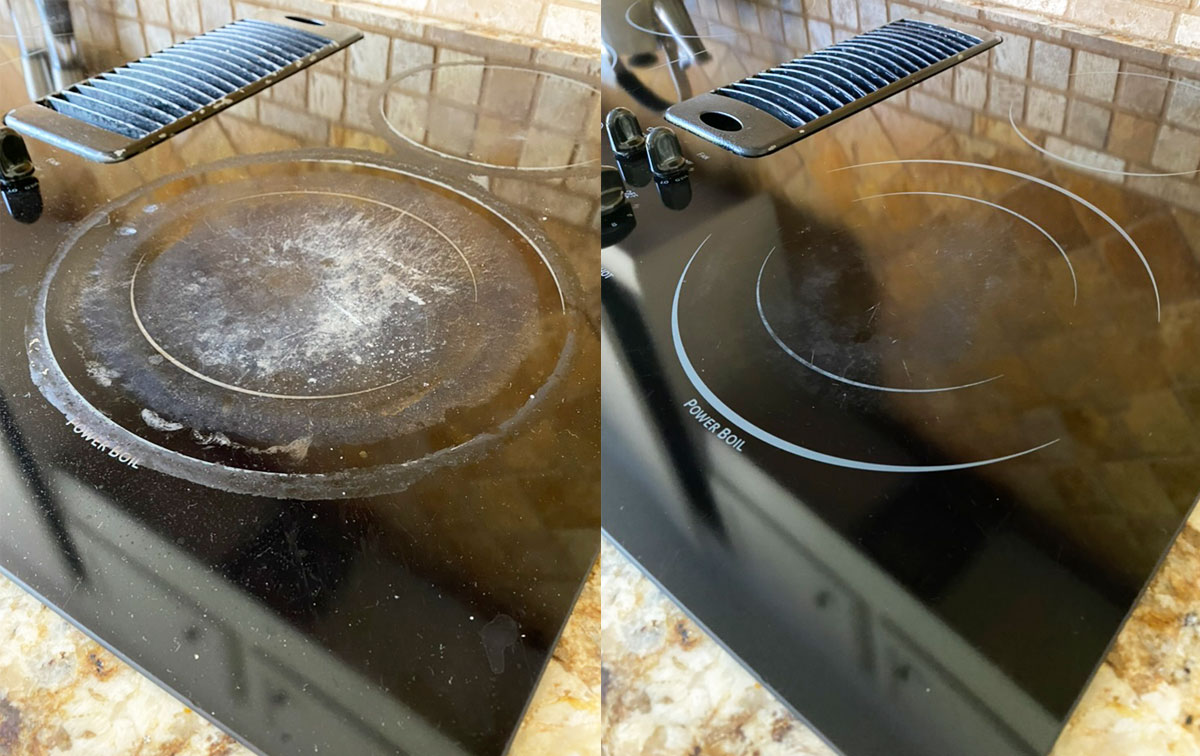
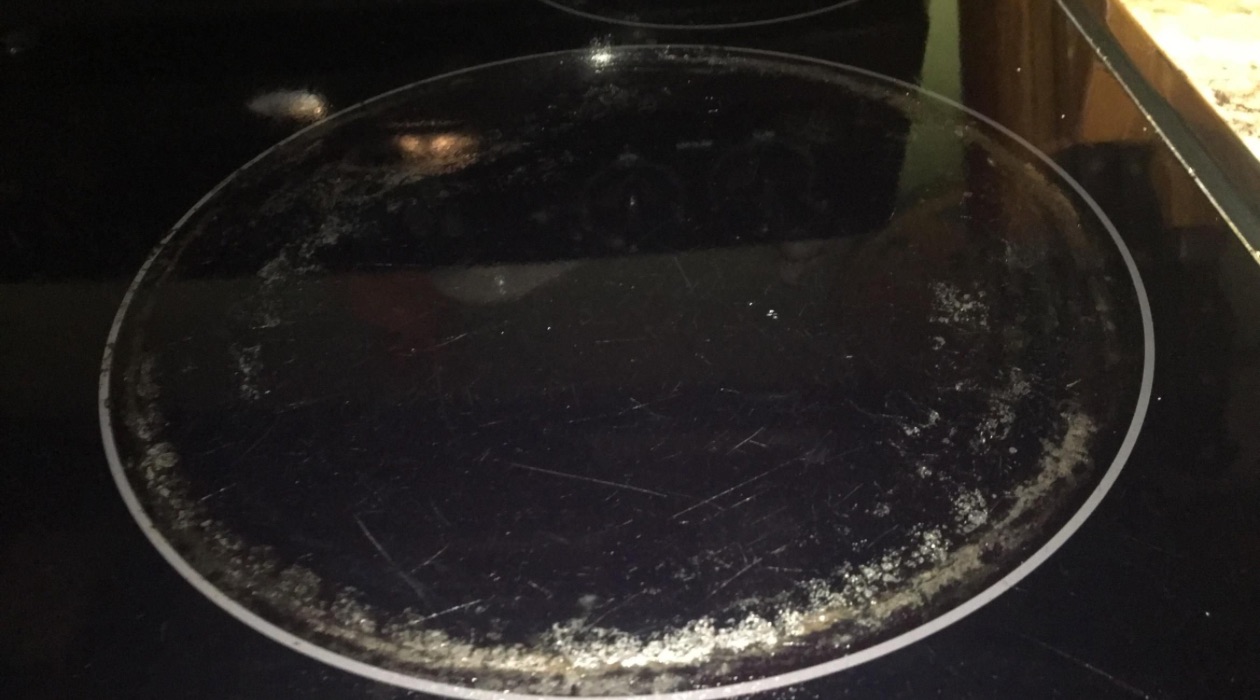
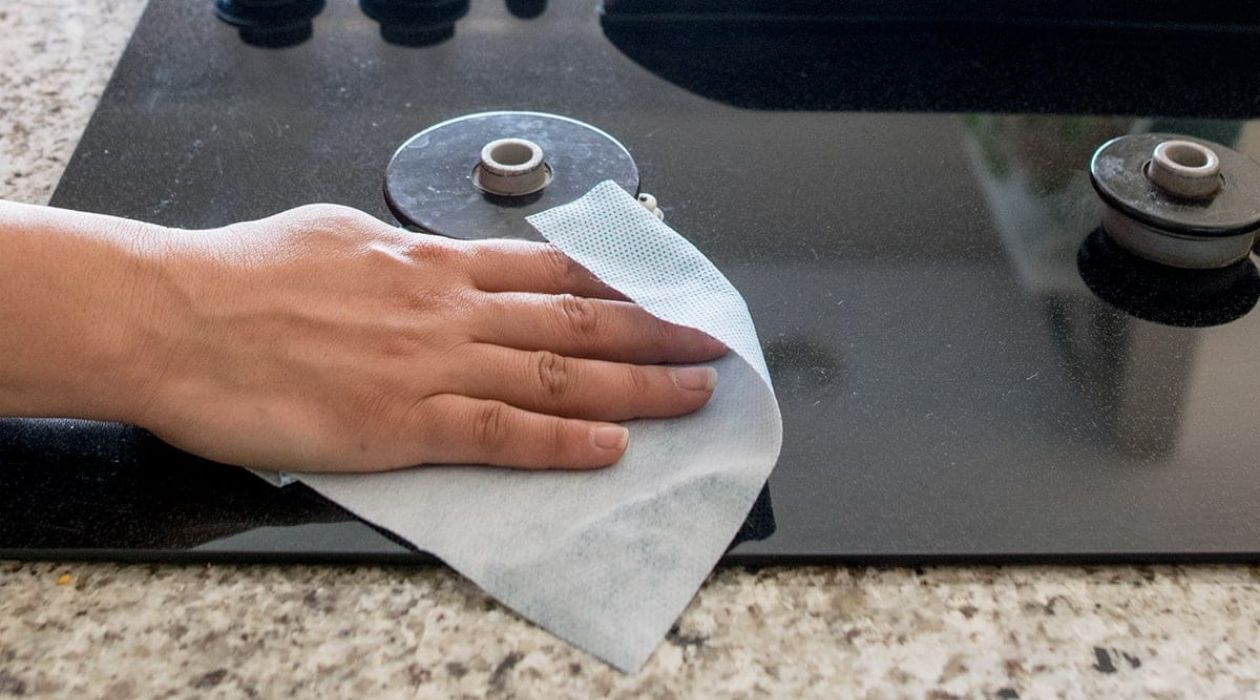
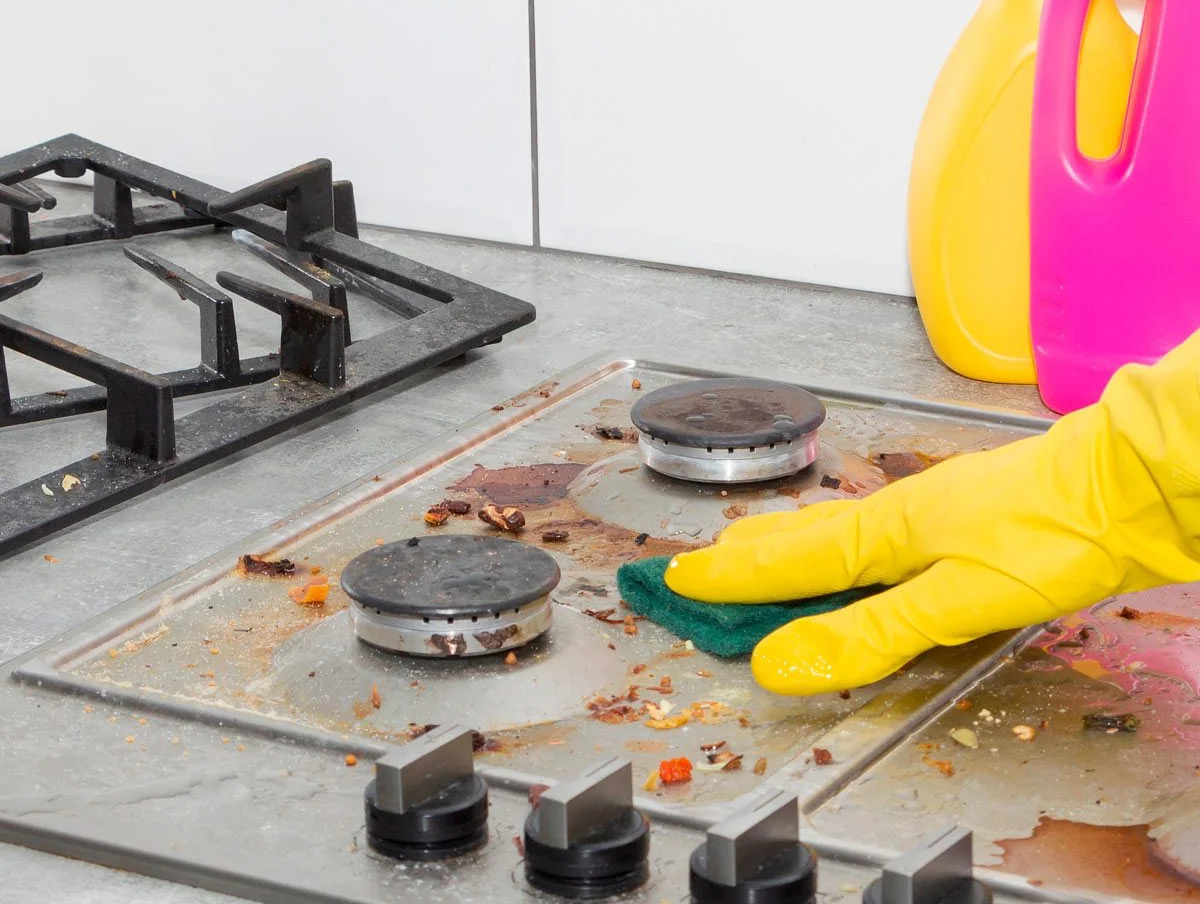
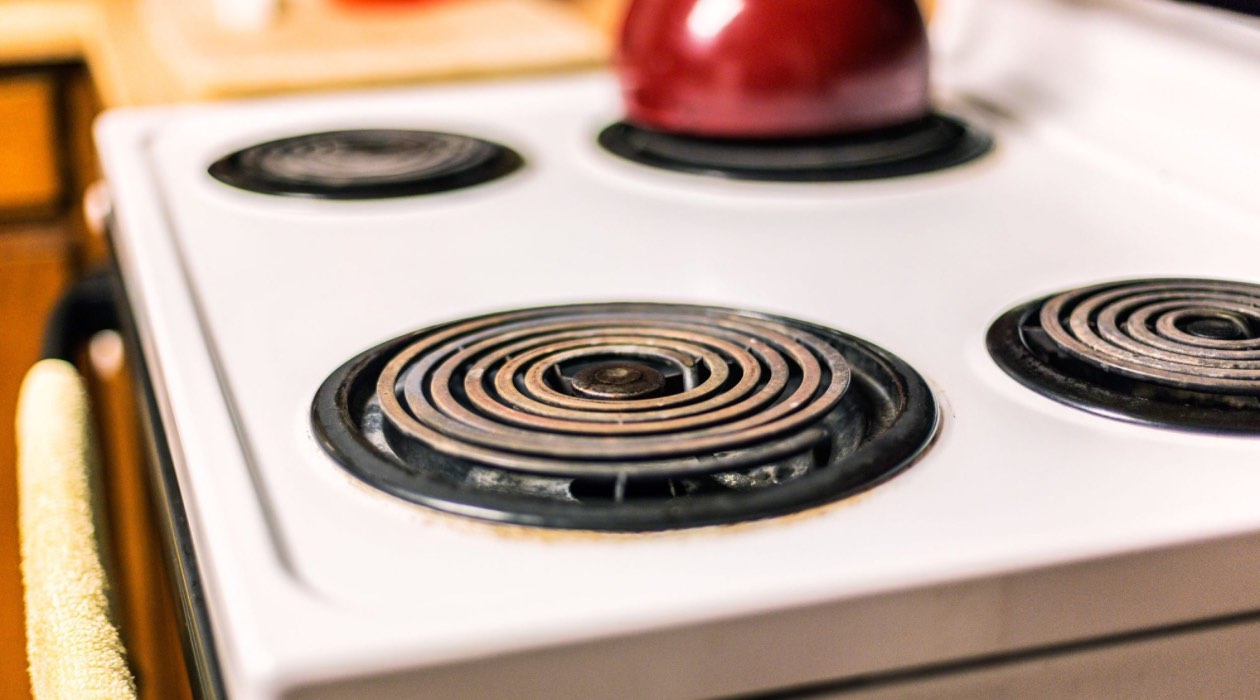

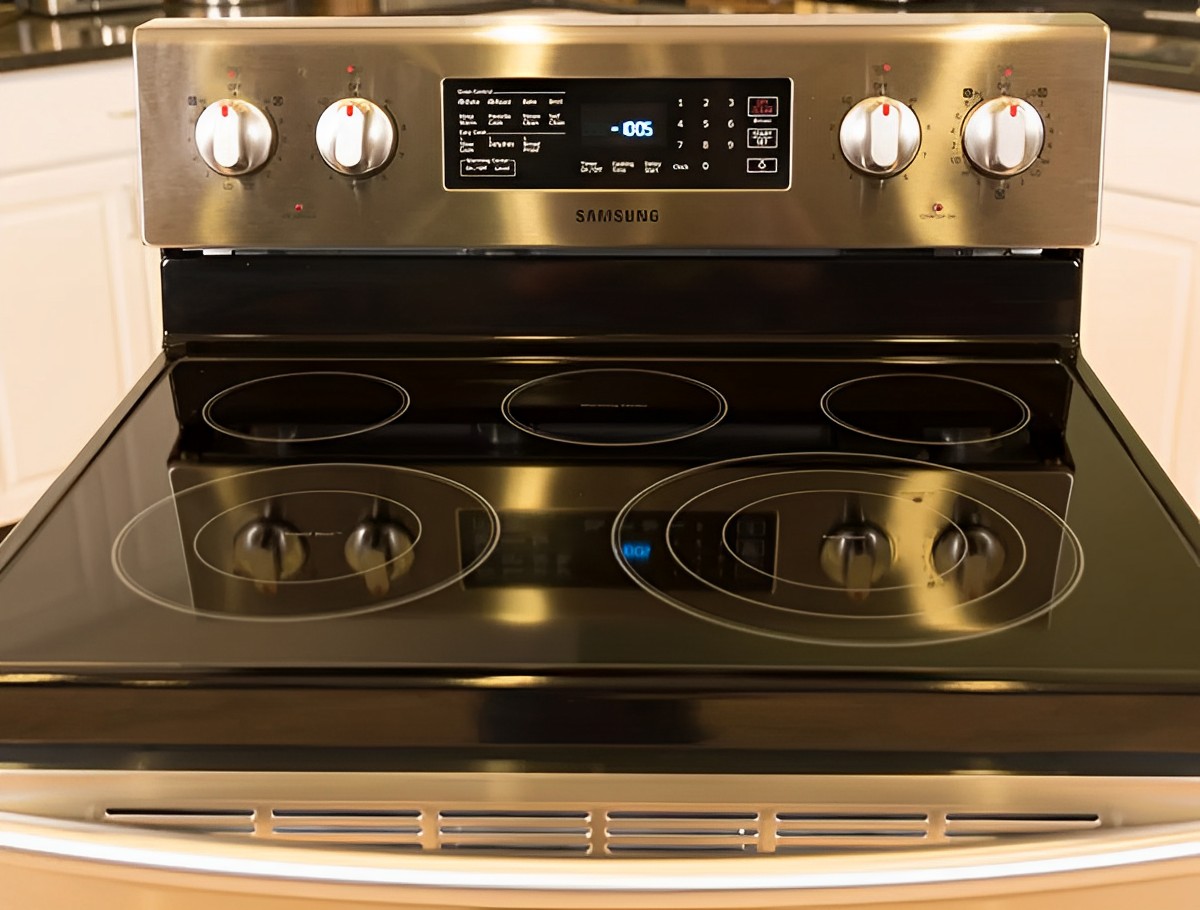
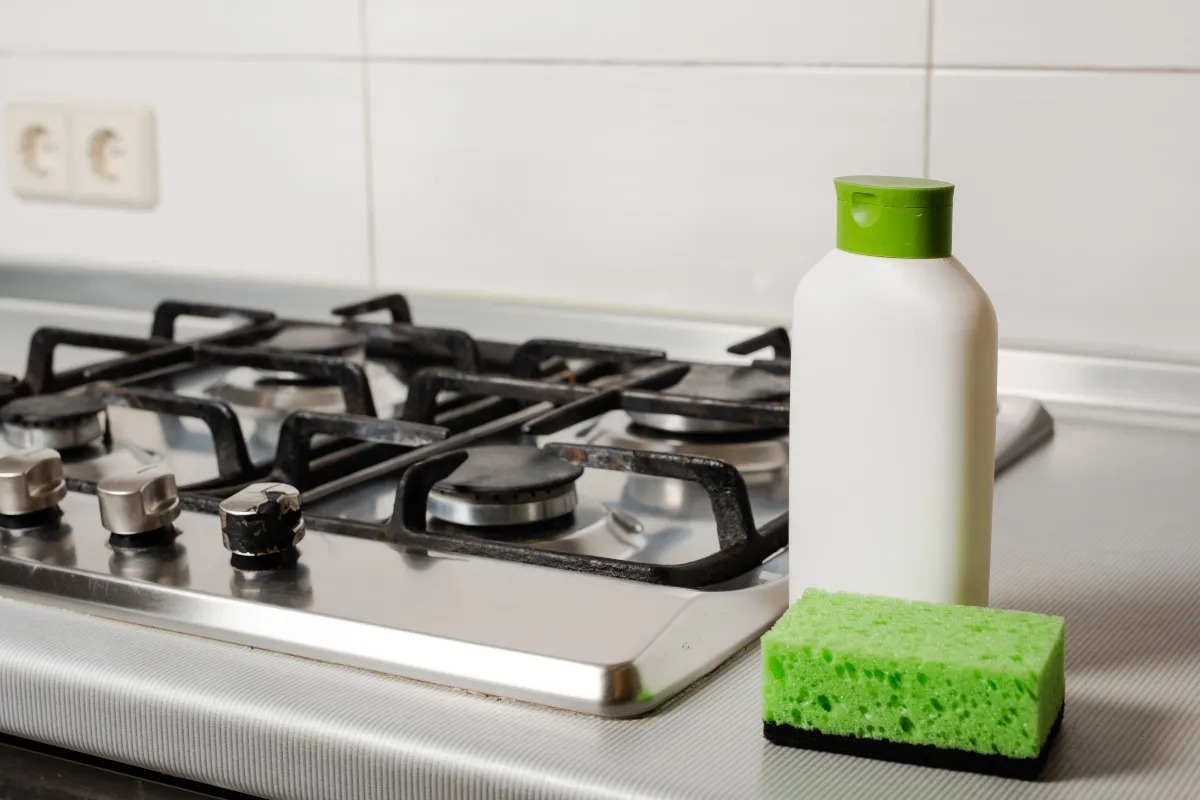
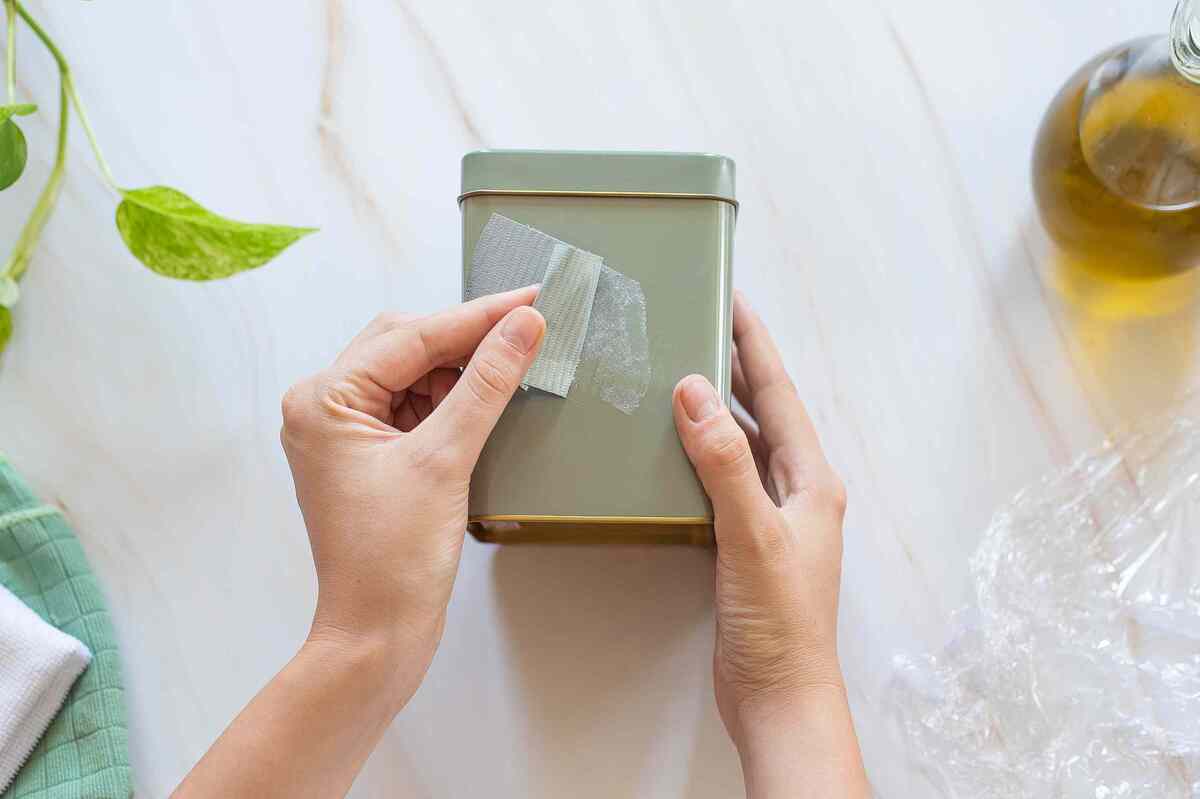
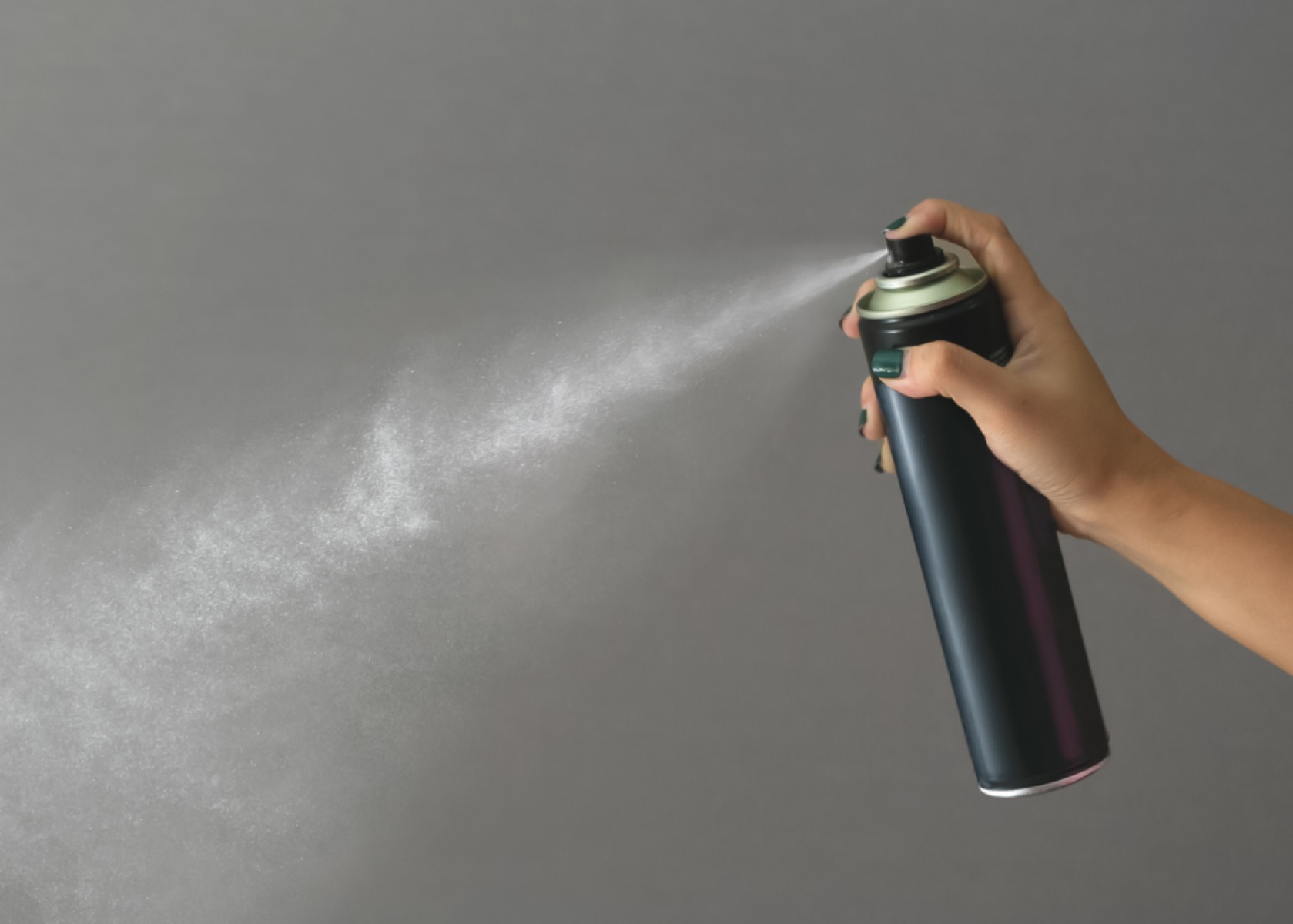

0 thoughts on “How To Get Burnt Milk Off Of A Glass Top Stove”